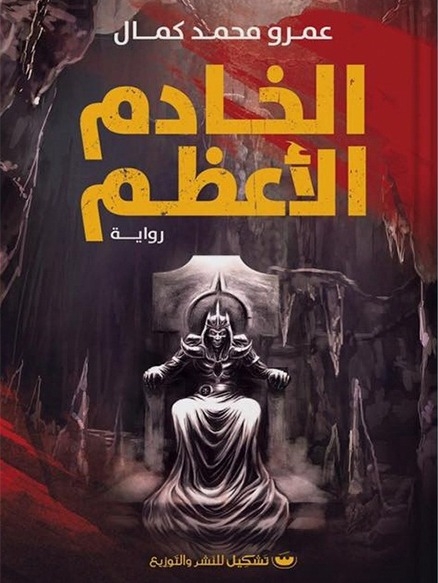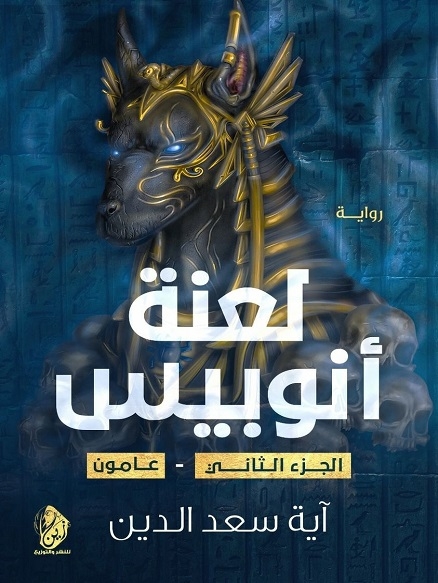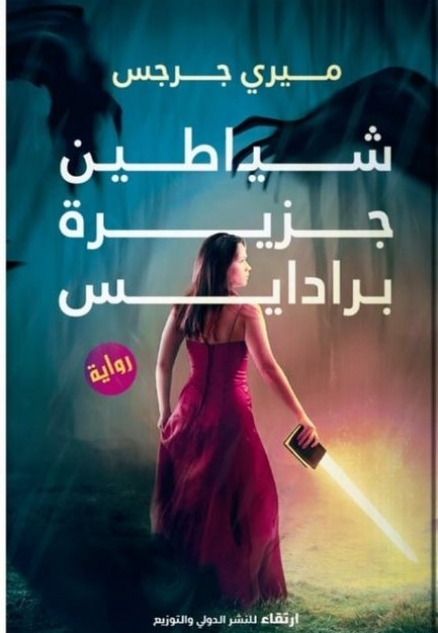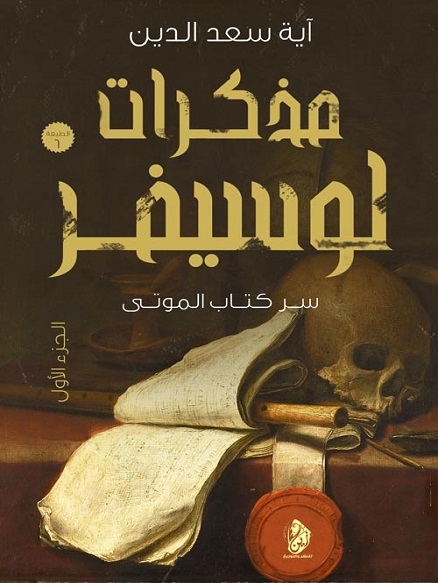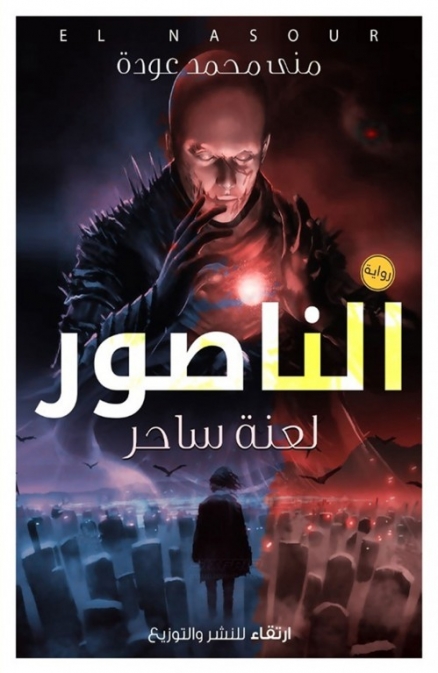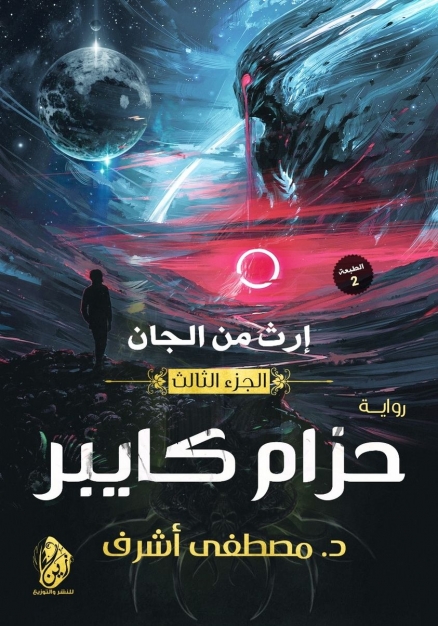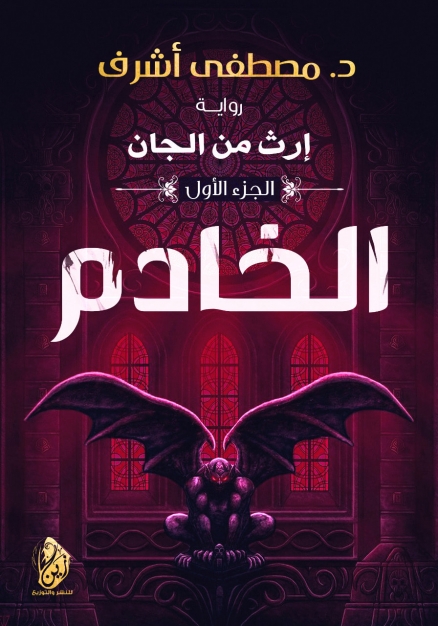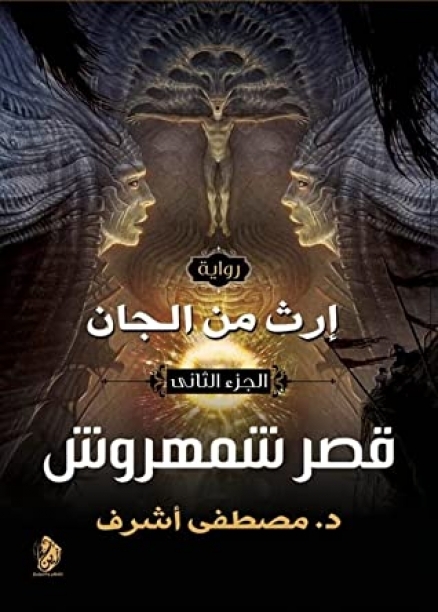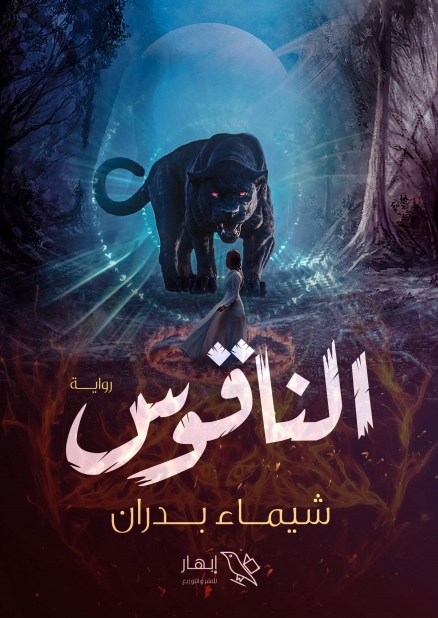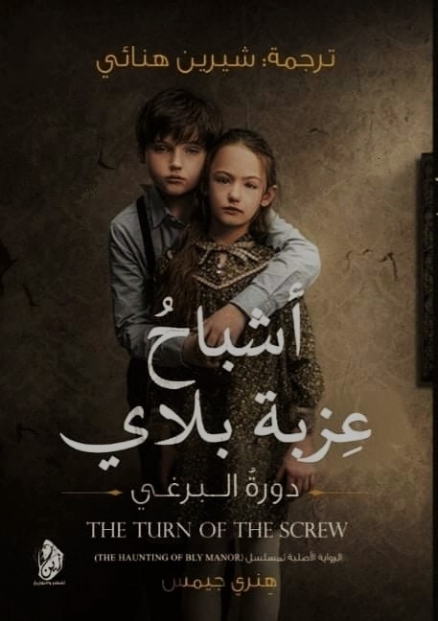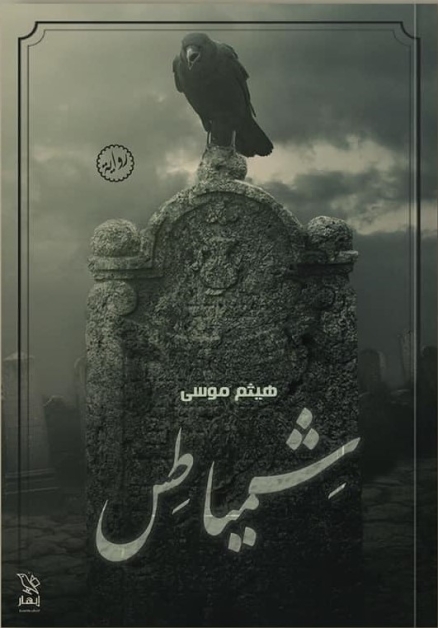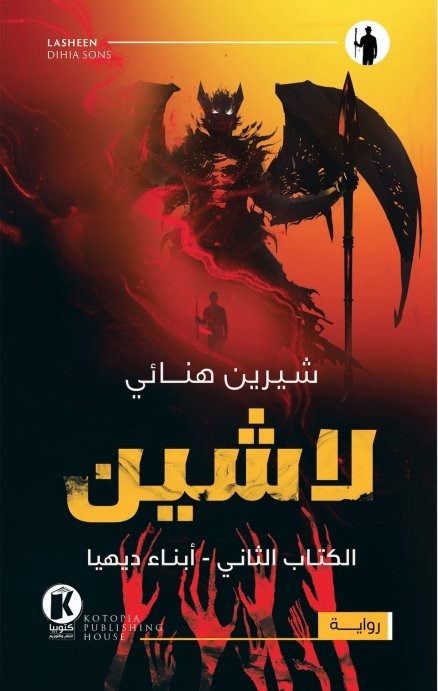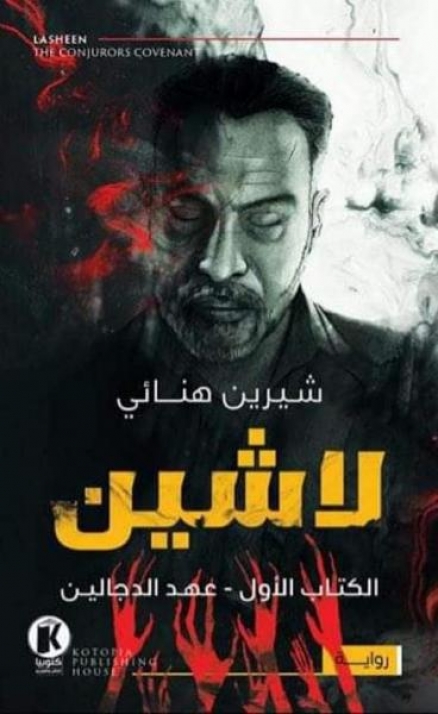
أحدث روايات رعب
يُعد تصنيف الروايات من الأدوات النقدية والفنية التي تهدف إلى تنظيم هذا الشكل الأدبي الطويل والمعقد وفق موضوعاته وأساليبه وبنيته الفنية، وتُعرّف الرواية بأنها سرد نثري طويل يتناول تجربة إنسانية مركبة من خلال شخصيات متعددة وأحداث متشابكة، ويعتمد تصنيف الروايات على معايير متعددة مثل النوع الأدبي، حيث نجد الروايات الواقعية التي ترصد الحياة اليومية، والروايات الرومانسية التي تركز على العلاقات العاطفية، والروايات البوليسية التي تدور حول الجريمة والتحقيق، والروايات التاريخية التي تستند إلى وقائع الماضي، والخيالية التي تبني عوالم غير مألوفة، كما يُمكن تصنيف الروايات حسب أسلوب السرد، مثل السرد الذاتي أو الغائب أو التعددي، وكذلك من حيث البنية الزمنية سواء كانت خطية أو متقطعة أو دائرية، ويُستخدم هذا التصنيف من قبل النقاد والباحثين لفهم تطور الرواية وتحديد المدارس الأدبية المختلفة، كما يُسهم في توجيه القارئ إلى ما يتناسب مع اهتماماته الفكرية والنفسية، ويُستخدم في تصميم المناهج الدراسية التي تهدف إلى تعليم تحليل النصوص السردية وتقدير جماليات الفن الروائي، كما يُعتمد عليه في تسويق الكتب وتصنيفها داخل المكتبات والمعارض ومنصات القراءة الرقمية، وتزداد أهميته في ظل وفرة الإنتاج الروائي وضرورة تنظيمه وتسهيل الوصول إليه، ويُظهر تصنيف الروايات العلاقة بين الفن والواقع ويكشف عن أنماط التعبير الثقافي والاجتماعي في كل حقبة زمنية، كما يُعد مرجعًا للكتّاب في استكشاف الأساليب والأسس التي بُنيت عليها الروايات الناجحة، وبهذا يُمثل تصنيف الروايات إطارًا معرفيًا يعكس تنوع التجربة الإنسانية وغنى التعبير الأدبي. --- The classification of novels is a critical and artistic tool used to organize this long and complex literary form according to its themes, styles, and narrative structure. A novel is defined as a long prose narrative that explores a multifaceted human experience through multiple characters and intertwined events. Novel classification relies on various criteria such as genre, including realistic novels that portray everyday life, romantic novels focusing on emotional relationships, detective novels revolving around crime and investigation, historical novels based on past events, and fantasy novels that build unfamiliar worlds. Novels can also be categorized by narrative style, such as first-person, third-person, or multi-perspective narration, and by temporal structure, whether linear, fragmented, or circular. This classification is used by critics and scholars to trace the evolution of the novel and identify different literary schools. It helps guide readers toward works that match their intellectual and emotional interests. It is also used in educational curricula aimed at teaching narrative analysis and appreciation of novelistic aesthetics. Publishers and digital reading platforms rely on it for marketing and categorizing books. Its importance has grown with the increase in literary output, making organization and accessibility essential. Novel classification reveals the connection between art and reality and sheds light on cultural and social expression patterns of each era. It also serves as a reference for writers exploring the techniques and structures behind successful novels. Thus, novel classification is an intellectual framework that reflects the richness of human experience and the diversity of literary expression.
